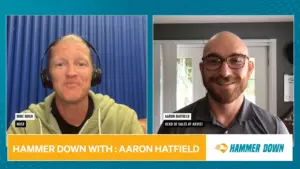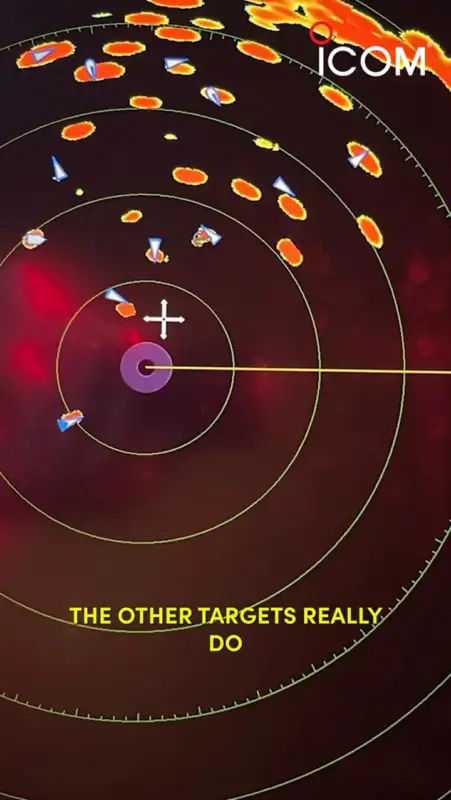Installing digital signage isn’t as simple as drilling a few holes. In fact, installation planning of your support system can be pivotal in the success of your display. Because without it, there’s nothing to hold your screens up and show off your awesome content. While every mount isn’t created equal, installation planning is not either. Most mount manufacturers don’t even offer installation services, meaning they simply sell you a product and walk away. At PDS, we offer a true turnkey solution to ensure mounts are secure and integrate well into project.
Installation Planning Starts at the Beginning
PDS typically performs an on-site survey at the start of a project. Only on-site can we have a full picture of the environment. Pictures and a few field measurements aren’t efficient. Michael Johnson, Installation Project Manager for PDS, said of site walks, “Being on site is critical to a seamless installation. We need to know much more than where the wall is. What are the ceiling heights? Wall material? How will the walls be finished and what’s behind them? These are all important in the installation planning process.”
Why General Contractors Aren’t Mount Installers
In many situations, general contractors become the surrogate installers of mounts. Now a general contractor’s team is certainly skilled, but most of the time, they have no experience with LED display installs. They may just treat it like any other shelf or bracket, and this is when problems occur. Mike shared a story about such a general contractor, “This was a large LED video wall that had to be installed with precision. The frames we use for these types of installs are custom and have to have the correct support. The general contractor put it up and took it down about three times before calling us. I’m glad they did because it could have been a catastrophe for the client.”
Most general contractors aren’t going to recognize the need for plywood backer that the mounts should attach to. They may also not take into account how the screens will be viewed from around the room or space, thus they wouldn’t have the expertise to make a few adjustments for optimal viewing.

The Biggest Install Mistakes
There are several mistakes that can happen along the way, which result in extra costs and delayed timelines. When you work with PDS, we have foresight that will help you avoid these. These are the issues we’ve seen most in the field:
- Accuracy: so, if you just depend on pictures and drawings, you are really rolling the dice on how your project is going to turn out. Always take the time to work with professionals who offer site visits.
- Wall prep incomplete or incorrect: walls must be prepped so that the hardware and framing is secure.
- Not using proper equipment: many video wall frames can weigh more than 400 pounds; two guys on a ladder aren’t going to cut it here. Not only is there liability risk but damage to adjacent walls could also occur. Scissor lifts should always be used in this situation.
- Unknowns behind the wall: while the plans and specs may say there isn’t anything back there, PDS always does a double and triple check for any electrical, plumbing or other cabling.
Smooth Installs: Not an Oxymoron
Yes, you really can have a smooth installation for your digital displays. However, you should begin planning from day one. Don’t leave it until the end, or you’re likely to have an interrupted timeline. To learn more, read about PDS installation services here.
Read more at pdscustom.com








